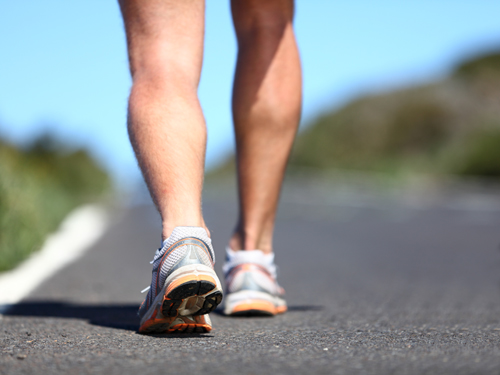
A 2010 Harvard University study suggested that running barefoot can reduce the risk of running-related injuries. These findings have many people wondering if they should get rid of their classic running shoes. The barefoot runners actually wear a sock-like shoe called “Five Fingers.”
Runners who wear shoes tend to hit the ground on their heels with a more powerful force. Barefoot runners, on the other hand, have a springier step and land toward the middle or front of the foot. With heel injuries common in runners, a transition to barefoot running could benefit some people.
While our feet are designed to absorb the intense impact from running, it does not mean you should throw out your shoes just yet. The footwear itself is not necessarily the problem; it is the way people change how they run to accommodate their shoes. Newly developed footwear better mimics the way our feet strike the ground when we run barefoot.
If you are used to wearing “fancy” footwear, a better transition might be to wear less constrictive shoes. It is important to recognize that if you are able to run comfortably using your present shoe type, you may be best served by continuing to wear them, rather than attempting to alter what has worked for you.
If you do choose to run barefoot, we can help you make the transition safely and successfully. Barefoot running can require more force from the calf muscles, and the Achilles tendon may be stretched. See us for a program of exercises designed to provide greater strength in these areas.
We will also work with you to reduce running injuries and find the best form and footwear to help you get the most out of your runs. And we can teach you the correct running technique, whether you choose to wear shoes or not.

















